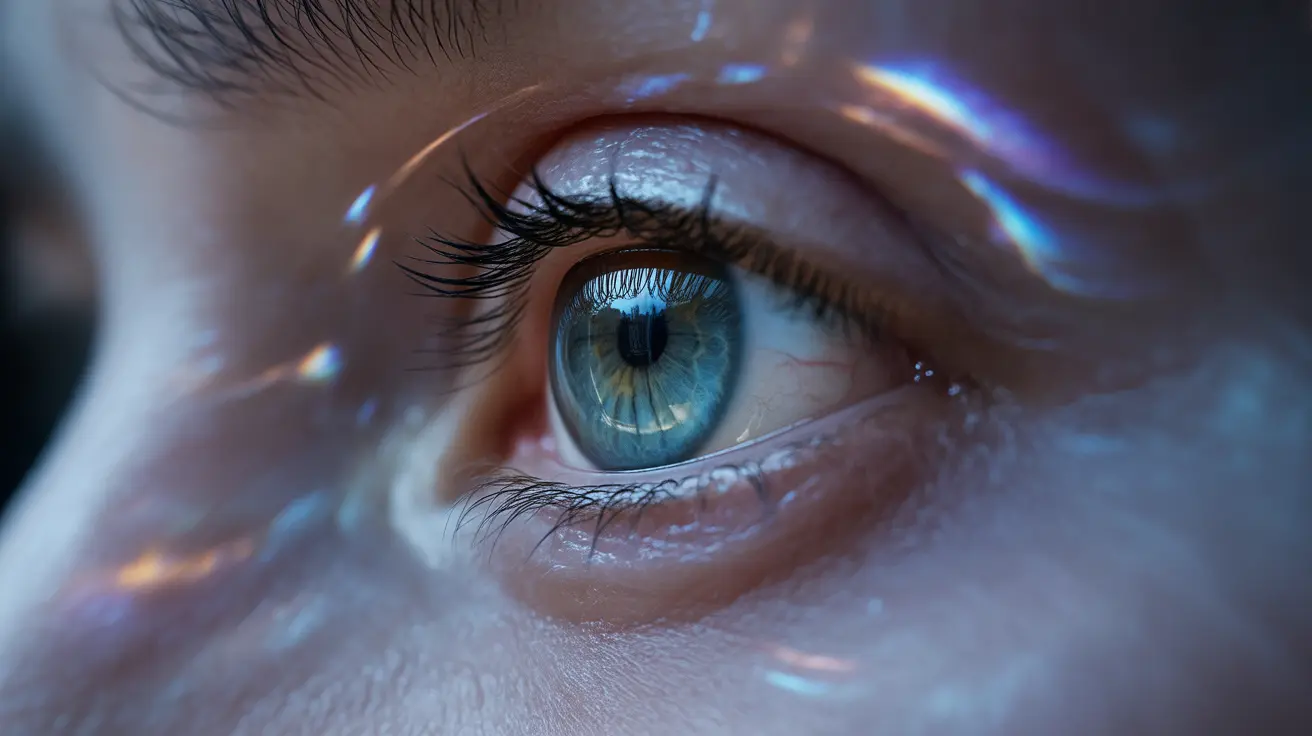Blinking is a crucial yet often overlooked bodily function that plays a vital role in maintaining our eye health and vision. While most people barely notice this automatic reflex, understanding how often we blink and its importance can help us better care for our eyes, especially in our increasingly digital world.
The average person's blinking patterns can reveal fascinating insights about their health and habits. Let's explore the science behind blinking, its frequency, and how modern lifestyle factors affect this essential function.
The Science of Blinking: Daily Frequency and Patterns
On average, a person blinks between 900 to 1200 times per hour during normal activities, amounting to approximately 14,400 to 19,200 blinks per day. However, this rate isn't constant and can vary significantly based on different factors and activities.
Several elements influence how frequently we blink:
- Mental concentration levels
- Environmental conditions
- Physical activities
- Time of day
- Overall health status
Factors Affecting Blink Rate
Your blink rate naturally adjusts throughout the day based on various circumstances:
- During conversation: 20-25 blinks per minute
- While reading: 12-15 blinks per minute
- When using digital devices: 5-7 blinks per minute
- During relaxation: 15-20 blinks per minute
The Vital Role of Blinking in Eye Health
Blinking serves multiple essential functions that protect and maintain our eye health:
- Moisturizing the eyes with fresh tears
- Removing dust and debris
- Providing nutrients to the cornea
- Allowing brief periods of rest for eye muscles
- Protecting eyes from potential hazards
Digital Device Usage and Blinking
Modern technology has significantly impacted our natural blinking patterns. When using computers, smartphones, or tablets, people tend to blink up to 60% less frequently than normal. This reduction can lead to various eye health issues, including digital eye strain and dry eye syndrome.
Maintaining Healthy Blinking Habits
To protect your eye health, especially during extended screen time, consider implementing these practices:
- Follow the 20-20-20 rule: Every 20 minutes, look at something 20 feet away for 20 seconds
- Practice conscious blinking exercises
- Maintain proper screen distance and positioning
- Use artificial tears when needed
- Take regular breaks from digital devices
Frequently Asked Questions
How many times does the average person blink per day, and what factors affect this rate?
The average person blinks between 14,400 to 19,200 times per day. This rate varies based on factors such as concentration level, environmental conditions, and specific activities. For instance, the rate decreases significantly during tasks requiring intense focus and increases during casual conversation.
What are the primary health benefits of blinking, and how does it support eye health?
Blinking provides essential benefits including moisturizing the eyes, clearing away debris, spreading nutrients across the cornea, and protecting the eyes from potential harm. It also helps maintain proper tear film distribution and gives the eyes micro-breaks throughout the day.
Why do people blink less when using digital devices, and how can this be managed to prevent eye strain?
People blink less during screen time due to increased concentration and the way we focus on digital displays. This can be managed by taking regular breaks, practicing conscious blinking exercises, and following the 20-20-20 rule to prevent eye strain.
Can excessive blinking be a sign of a serious medical condition, and when should I be concerned?
Excessive blinking can sometimes indicate underlying conditions such as dry eyes, eye irritation, neurological issues, or stress. Consult an eye care professional if you notice a sudden increase in blinking frequency or if it's accompanied by other symptoms like eye pain or vision changes.
How can I maintain healthy blinking habits while working on a computer or using smartphones regularly?
Maintain healthy blinking habits by taking regular breaks, practicing conscious blinking exercises, keeping proper screen distance, using appropriate lighting, and ensuring proper hydration. Consider using screen filters and maintaining good posture to reduce eye strain.




